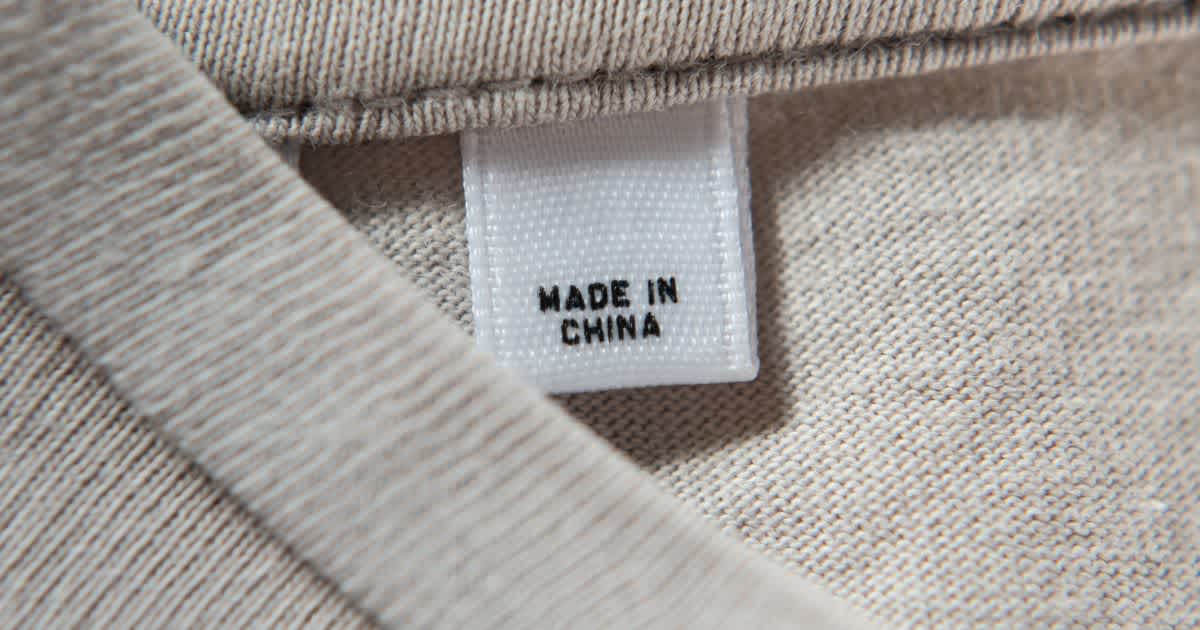Table of Contents
- What is a production site audit?
- Why are audits of production sites abroad particularly important?
- An overview of the most important audit types
- The process of an audit review abroad
- Checklist: What should a production site audit include?
- Line up: Quality through proximity, transparency and experience
- Conclusion: Auditing means understanding - not controlling
Auditing production sites abroad
Reading Time: 5 min.

Globalization and international supply chains open up many opportunities for companies - at the same time, the challenges in quality management are also growing. Especially when you work with foreign production sites, one thing is crucial: trust is the basis, transparency and quality control create security.
A professional production site audit is a proven means of creating clarity: about processes, standards, management systems and working conditions. Whether for supplier selection or as part of your internal quality management - an audit helps to safeguard decisions and build sustainable partnerships.
In this article, you will find out what is important when conducting an audit abroad, what types of audit there are and a practical checklist for direct implementation.
What is a production site audit?
What are audits and what role do they play in quality management? A production site audit is a structured examination of the operational conditions of a supplier. The aim is to find out whether the supplier meets the qualitative, organizational and social requirements of your company - not just on paper, but in day-to-day operations.
An audit typically includes:
The evaluation of the quality management system (e.g. according to ISO 9001)
The analysis of production processes and capacities
The review of legal, social and ethical standards
The review of documented procedures and their implementation
Unlike a pure product inspection, an audit examines the entire organization - from goods receipt to production and delivery. The aim is to objectively assess the supplier's capabilities and create a solid basis for cooperation.
For classification:
Audit review refers to the entire evaluation process
Internal audits take place within the company itself
Supplier audits involve external partners
💡 At Line Up, we regularly carry out such audits in our own network of production partners. In this way, we ensure consistent quality across all supply stages, for ourselves and our customers.
Why are audits of production sites abroad particularly important?
In practice, international audits are significantly more complex than domestic audits. Geographical distance, cultural differences and different standards make it more difficult to realistically assess production conditions from afar. The risk lies less in deliberate misconduct than in structural differences:
Differing standards: Labor, environmental or safety standards vary around the world.
Gaps in documentation: Many producers do not have fully digitized traceability.
Certifications are a valuable basis: But the personal impression on site provides additional, practical insights into processes and procedures.
An audit does not serve to demonstrate mistrust - on the contrary: it creates a common basis for working in partnership at eye level. Particularly in countries with different economic conditions, it is helpful to analyze processes together and develop improvements.
Successful audits not only lead to better products, but also strengthen mutual understanding and cooperation.
An overview of the most important audit types
The requirements for audits vary depending on the industry and product. In principle, the following types of audit can be distinguished:
System audit
Evaluates the entire quality management system - from management responsibility to continuous improvement. Ideal for assessment in accordance with ISO 9001, IATF 16949 or ISO 14001.
Process audit
Detailed inspection of individual procedures or production processes - such as welding, sewing, painting or assembly.
Product audit
Quality control of the end product - are the dimensions, tolerances, material or function correct?
Social audit
Review of working conditions, occupational health and safety, social benefits and compliance with local laws (e.g. child labor, discrimination, remuneration). Relevant for CSR goals and statutory due diligence obligations.
Environmental audit
Assessment of environmental compatibility - waste management, emissions, energy efficiency.
The process of an audit review abroad
A good audit is always systematically structured. This is how you carry out an audit in a structured and efficient manner:
1. preparation
Define objectives and scope
Prepare audit checklist
Request documents from the supplier
Organize language support (e.g. interpreter)
2. on-site visit (factory tour)
Opening meeting with the management of the production facility
Factory tour (machines, workstations, warehouse, etc.)
Interviews with responsible persons (production, QA)
Inspection of documents (e.g. test plans, ISO certificates)
3. evaluation & follow-up
Evaluation according to audit criteria
Documentation of deviations
Recommendations & deadlines for rectification
Final discussion and report
Checklist: What should a production site audit include?
Use this list to prepare and carry out your audit. It can be expanded depending on the industry.
Test field | Content |
Basic data | Location, number of employees, organizational structure |
Capacities | Production volume, machine list, shift system |
Certificates | ISO 9001, IATF 16949, environmental and social certifications |
Qualitätsmanagement | Inspection plans, internal audits, action tracking |
Traceability | Batch tracking, labelling, incoming goods system |
Occupational safety | PPE, training documents, accident statistics |
Environmental protection | Proof of disposal, emissions management |
IT & documentation | ERP system, process descriptions, access controls |
This list can be extended for specific industries or products. It is important that your assessment remains comparable and comprehensible. The checklist is also suitable for supplier evaluation in accordance with ISO 9001.
🎯 Tip: Evaluate each area using traffic light colors or points. This creates comparability between suppliers.
Line up: Quality through proximity, transparency and experience
As a full-service partner for global procurement, we at Line Up stand for the highest quality standards along the entire supply chain. Our audit processes are professionally structured, tried and tested and aligned with international standards.
Our global network of audited production partners is regularly audited and inspected on site. We not only know the machines, but also the people behind them. All production partners in our network undergo a standardized onboarding audit. We also carry out regular re-audits and plant visits on site. We not only check documented processes, but also gain an in-depth impression of the infrastructure, management systems, product quality and working conditions.
What is particularly important to us:
Personal contact at eye level
Clear communication of requirements and feedback
Qualitative assessment according to ISO-oriented criteria
Plant tours and on-site interviews
Review of relevant certificates, test procedures and traceability
Definition of corrective measures and follow-up mechanisms
💡 Our customers benefit from a network of reliable production partners that we not only select according to the highest standards, but also continuously support and develop. This results in long-term supply relationships - with clear standards, practiced quality and genuine reliability.
Conclusion: Auditing means understanding - not controlling
A production site audit is a central component of modern quality assurance. It not only helps to minimize risks, but also strengthens trust between all parties involved. Especially in international partnerships, a structured audit is essential to ensure quality, delivery reliability and long-term success.
Whether an internal audit, supplier audit or site inspection: The clearer you formulate your requirements, the more effective the effect.
At Line Up, we regularly audit our entire network of production partners, focusing primarily on partnership at eye level and sustainable quality assurance.
Do you want to produce abroad?
Benefit from our globally audited network of production partners - reliably audited, regularly visited and professionally supported.
Get non-binding advice now.
👉 https://www.lineup.de/en/appointment/
Newsletter Registration
Sign up now for our free Line Up newsletter and stay up to date.





